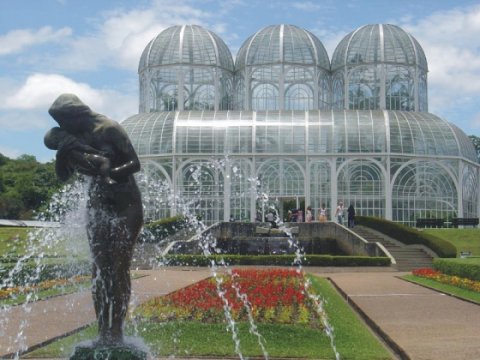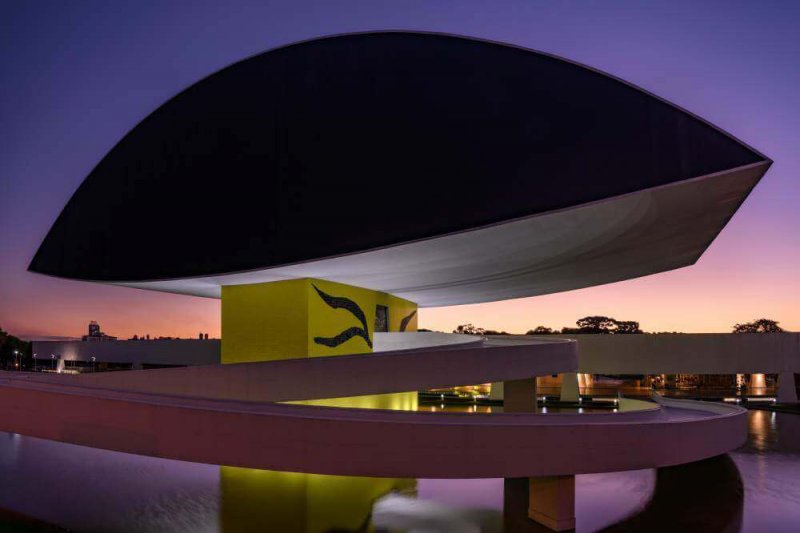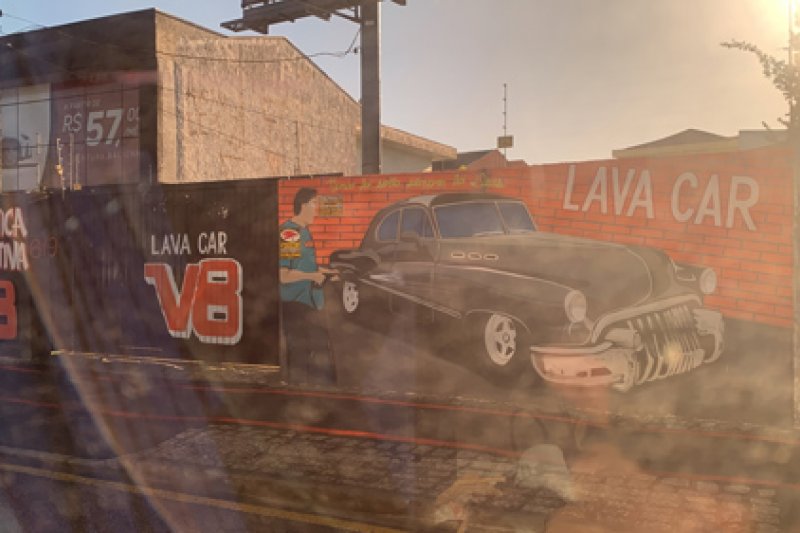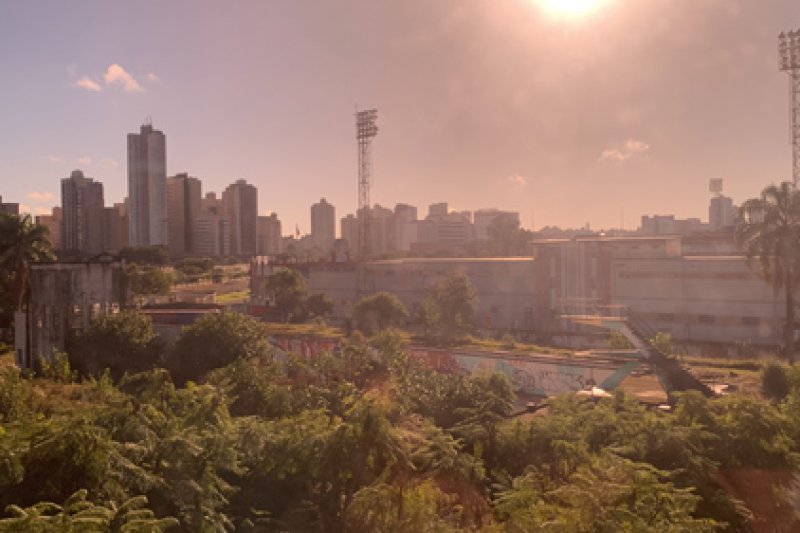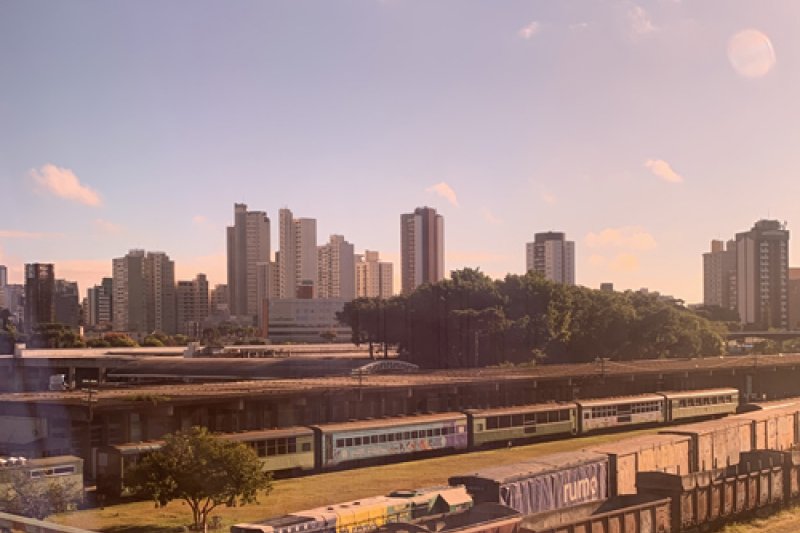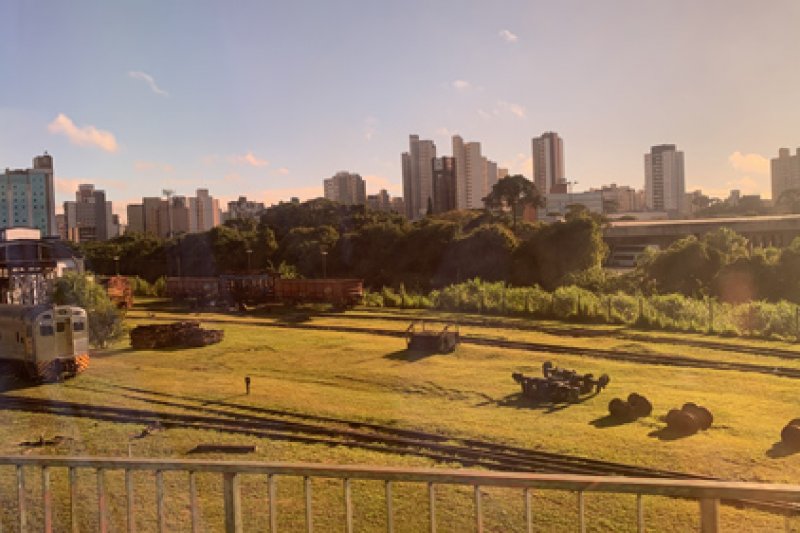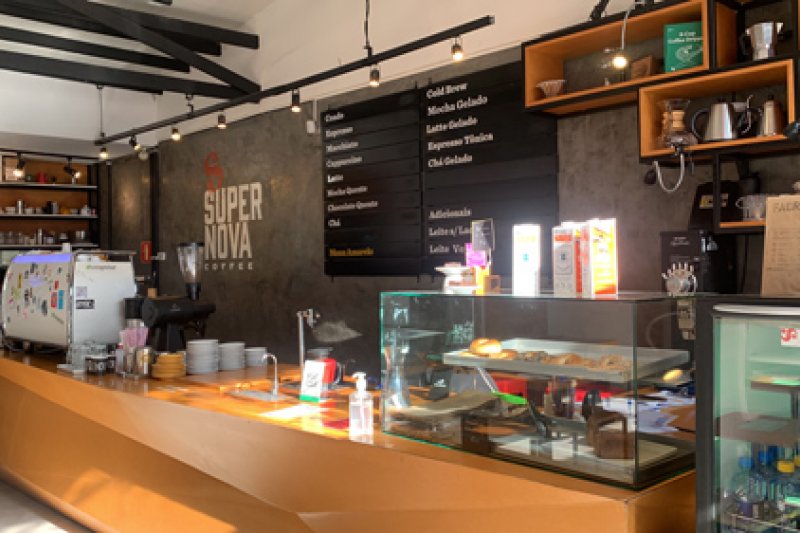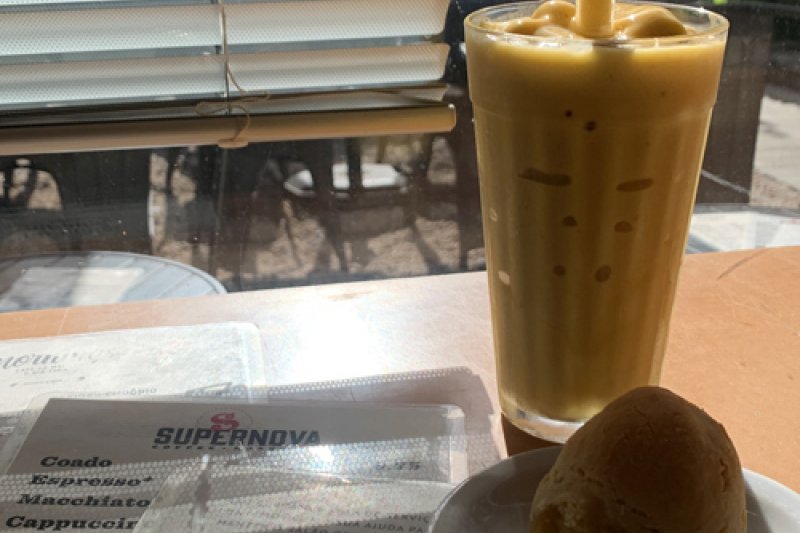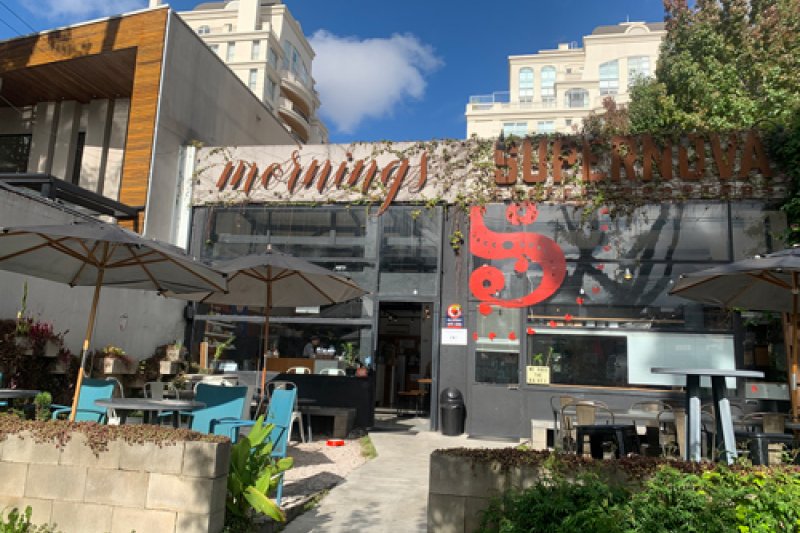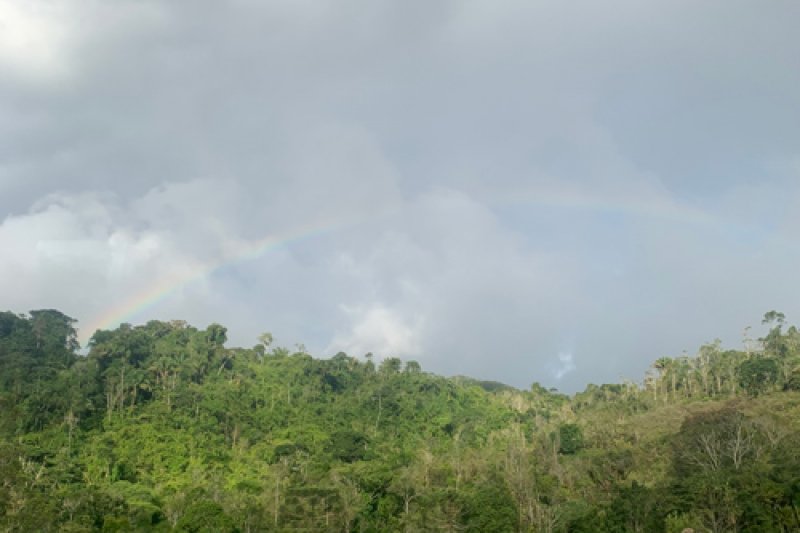Botanical Garden and Eye -Oscar Niemeyer- Museum from a Google search, all other photos were taken by me
On my first visit to Curitiba, I had to plan how to spend my time carefully. The capital city of the state of Paraná in southern Brazil is brim of things to do and explore. Known as a green and cultural city, Curitiba will lure you with its many parks: from the Italian Woods where celebrations are hosted, to the Portugal Wood where a lot of people head for a picnic, you can also visit the German Woods where the Bach's Oratorium concert hall is housed, or the Pope's Woods, named after Pope John Paul II. It was however in the Botanical Garden, a peaceful estate that can get crowded on public holidays and weekends, that I mused at the Araucaria, the city tree of Curitiba -see next Monday's Terra Mater post about this tree. If you want to experience the Wire Opera House, check Pedreiras Park where you can also find the Paul Leminski cultural space. There are numerous other parks to be visited if you are into a stroll in nature or taking a bicycle ride.
Unfortunately, hundreds of pictures taken in Curitiba were lost when my phone was stolen before I had the opportunity to perform a backup to my computer... Nonetheless, hereafter are other landmarks of the city that are not to be missed:
- Jerusalem fountain,
- Mocinhas da cidade fountain,
- Arab Memorial that houses a sculpture of Gibran Khalil Gibran,
- Curitiba Memorial where art, folklore, and history are intricate to the architecture of the monument,
- 24 Horas, the "street that never sleeps" where shops sell various products 24 hours a day
- Flower street or Rua 15 de Novembre, which is mostly pedestrian, connects some of the city's main attractions
- Curitiba historic area
- Santa Felicidade and Batel districts are a destination for good food
- Farol das cidades municipal library, which is designed with the ancient Alexandria library in mind
- Paiol theater
- Mercês Tower is the highest lookout in town and houses the Telephone Museum
- Feira do Largo, an art and artisan market, takes place Sundays on Garibaldi Square.
Curitiba lies at about 930m above sea level and the weather there is pleasantly fresh. Founded in 1654 as a gold mini-camp, it was the processing of maté and wood that caused its long-term growth. The main settlers were of German, Italian, and Polish descent, and the population displays a European blend to it, even today. The city manufactures vehicles, paper, cement, textiles, and tobacco among other products. Curitiba is famous for its environmental urban planning which was launched in the 1970s by its mayor Jaime Lerner, an architect and engineer. If you have time, take the Serra Verde Express Train for a relaxing journey on a steam engine train and the possibility of a snap at Pico do Marumbi, a majestic mountain. The typical gastronomy of the city has seen major influence from Italian and German immigrants and is quite distinct from the traditional Brazilian dishes.
Happy exploring ✈️🚂🛵
